We live in a world that excuses rape, glamorizes sexual harassment, normalizes sexist language, and objectifies women. There’s no denying or escaping the unfortunate truth of being a girl– and it’s time we talk about it.
A girl’s understanding of society is ingrained into her from the first day she goes to kindergarten. Dismissed with a mere “boys will be boys” after crying about being teased and hit, she’s struck with two harsh truths: her voice doesn’t matter, and this will happen again.
“As a woman, no matter what you do, you will never win. You will always be blamed. Men can do certain things and get away with it, but women can’t,” sophomore Kylie Grant said.
Victim blaming is a toxic but extremely prevalent way of thinking that manipulates and turns the fault around on the victim of a situation. This creates a ripple effect that continues to silence women.
“Some people may say the way a person dressed meant they were asking for it— that is a victim blaming statement. Just because she’s wearing a dress or a skirt does not mean she was asking for something to happen to her,” Hawaii Center for Children and Families counselor Shaianne Makishima said.
The language and attitudes surrounding victim blaming have become a shockingly prevalent phenomenon, consistently placing the fault on those affected rather than the perpetrator. Today, instead of teaching people how not to rape and harass, young girls are being taught how not to be raped and harassed.
“I was warned by a teacher to ‘be careful of that top button’ because I ‘don’t want to distract anyone’. I was always conscious of the males around me, and I went to extents to cover myself just so I didn’t feel uncomfortable. That’s not something I should have to do,” sophomore Alex DeRyke said.
Rape culture can be found anywhere, the school environment being no outlier. This can range from student-to-student interactions to being embedded within the rules of a community.
“Everywhere, there is some type of rape culture that exists. It stems from misogynistic language, degrading language, sexualized jokes– it completely exists anywhere, whether it’s explicit or not,” Taylor Peralta, mental health intern at HCCF said.
Mid-Pacific Institute is no exception to these environments.
Student Life Principal Paris Priore-Kim confirms that recently, a student was “separated” from campus, but declined comment surrounding the nature of the incident resulting in separation.
That being said, many students are aware of the alleged sexual misconduct and inappropriate behavior that the student committed against numerous female Mid-Pacific students via social media. The news of this event has left many questioning the female experience on campus.
“Sometimes you hear the jokes boys make, and it makes you think ‘So we’re not safe when we’re dead, we’re not safe when we’re alive, we’re not [even] safe when we’re together’,” sophomore Luxi Atisanoe said.
The disciplinary process and action taken when an issue arises on campus is a crucial piece of ensuring the community is safe. Rebecca Hodge, Mid-Pacific’s Vice Principal of Student Life, says there is an emphasis on student safety.
“When making decisions regarding infractions, the safety of the community is valued heavily and we ask, ‘How is our decision keeping the community safe?’,” Hodge said.
According to Priore-Kim, the process following infractions is based around three pillar values: due process, due diligence, and care and compassion.
Mid-Pacific also provides resources like deans of each grade and HCCF counselors that aim to provide a safe space for reporting any instances of sexual misconduct, on or off campus.
However, the fear and pressure created by sexist stereotypes causes a lot of young women to feel hesitant in speaking up. Many go silent to protect themselves from manipulation, unwanted attention and guilt.
Victims who choose to speak up are often ambushed by questions about what she was wearing, what she said to entice him, what she did wrong– now suddenly, everything that happened was her fault, because of how common victim blaming really is.
“I think people are afraid to talk about it because of the backlash, but these things are topics we need to talk about. It happens daily, it happens consistently,” Peralta said.
No one wants to hear about their classmate or friend committing acts of sexual misconduct, because ignorance is bliss – but ignoring a problem will not make it go away. Addressing an issue is the only way to move forward.
“People who are uncomfortable don’t like what’s happening. But it is happening. This is what women are going through. Of course you’re uncomfortable, because you don’t want to believe that,” Makishima said.
Understanding the part that rape culture, victim blaming and normalization of sexual harassment have on the everyday lives of women across the world is necessary. These things are happening to girls now, and it will not end unless the wake-up calls are finally answered.
“There are still people making comments that hurt others. I want our campus to be safe, and it feels like no one else is striving for that. Maybe we’re moving closer, but not fast enough,” Atisanoe said.
Victim blaming will not stop until predators start being held accountable. Rape culture will not change until sexual harrassment is no longer swept under the rug. Change can only happen when the truth is accepted, no matter how upsetting that truth may be.






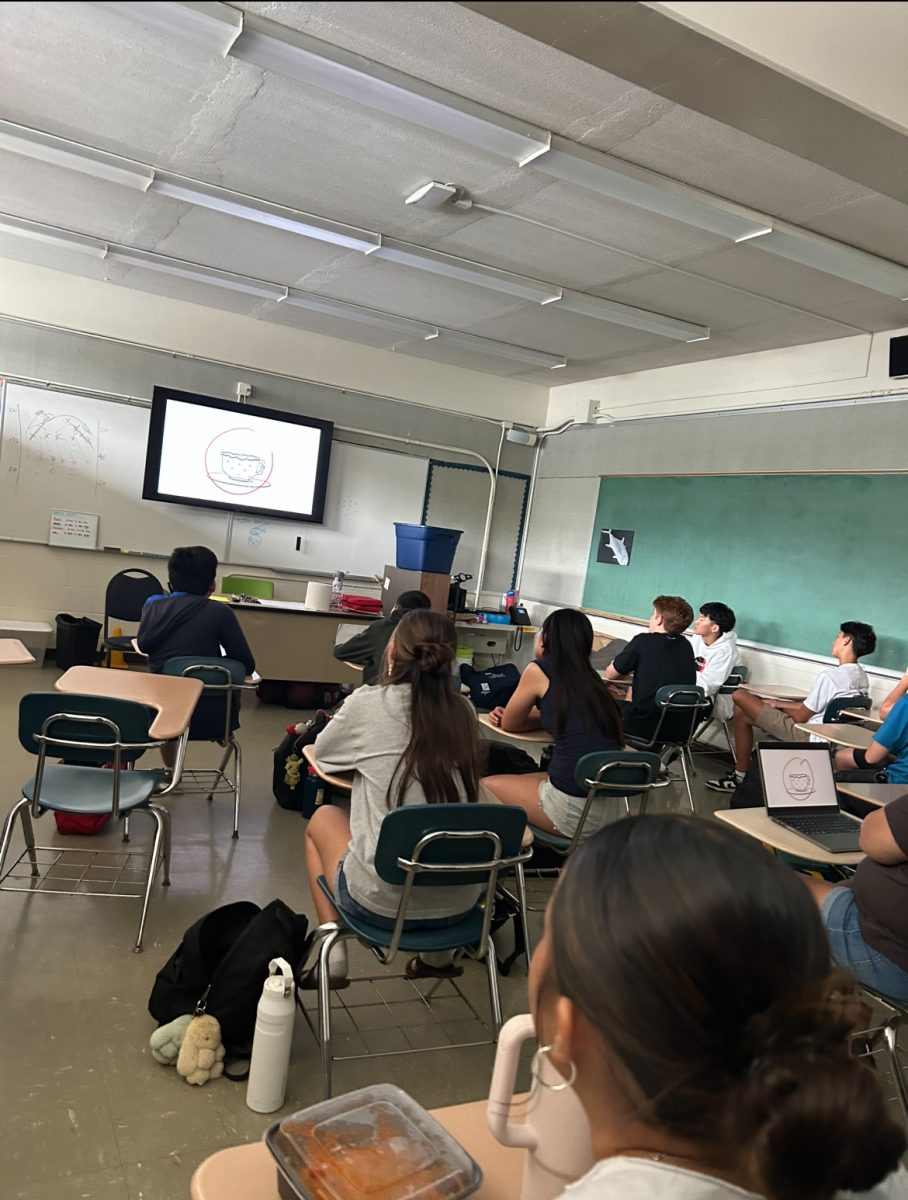
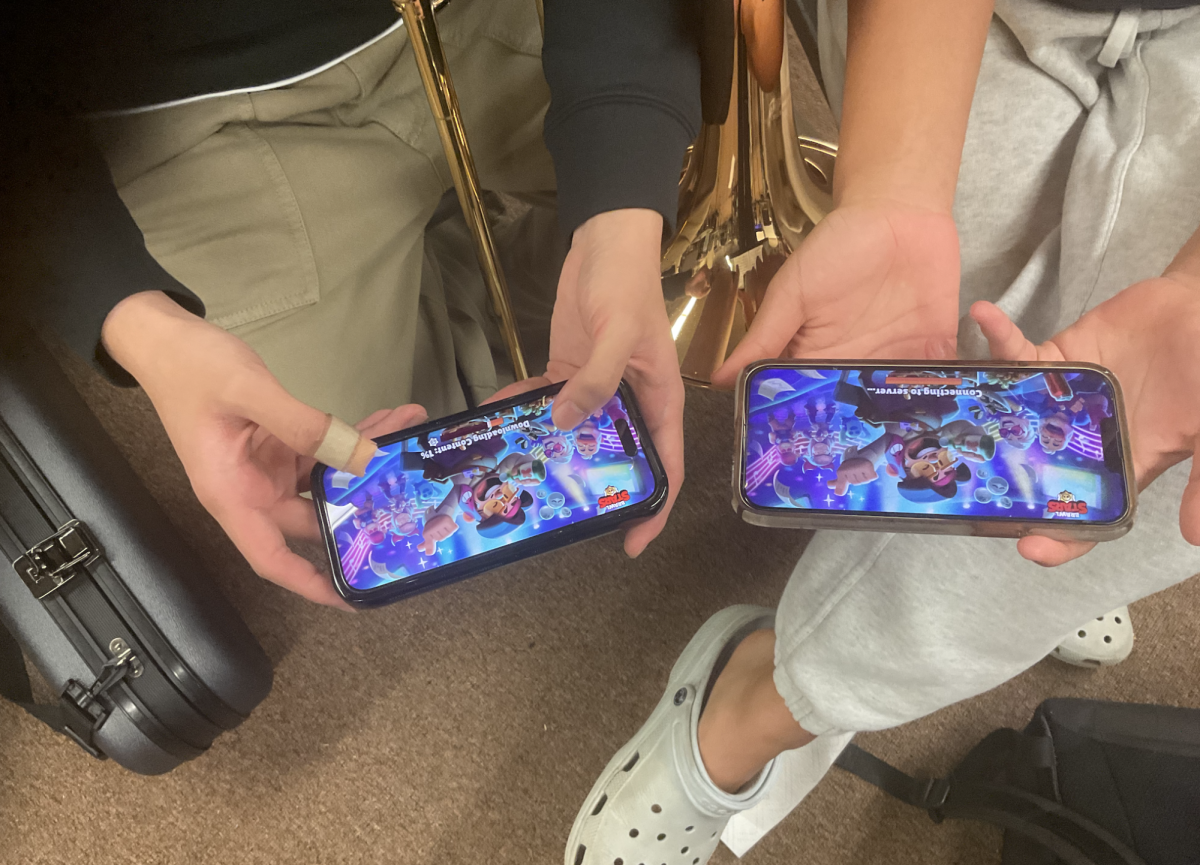



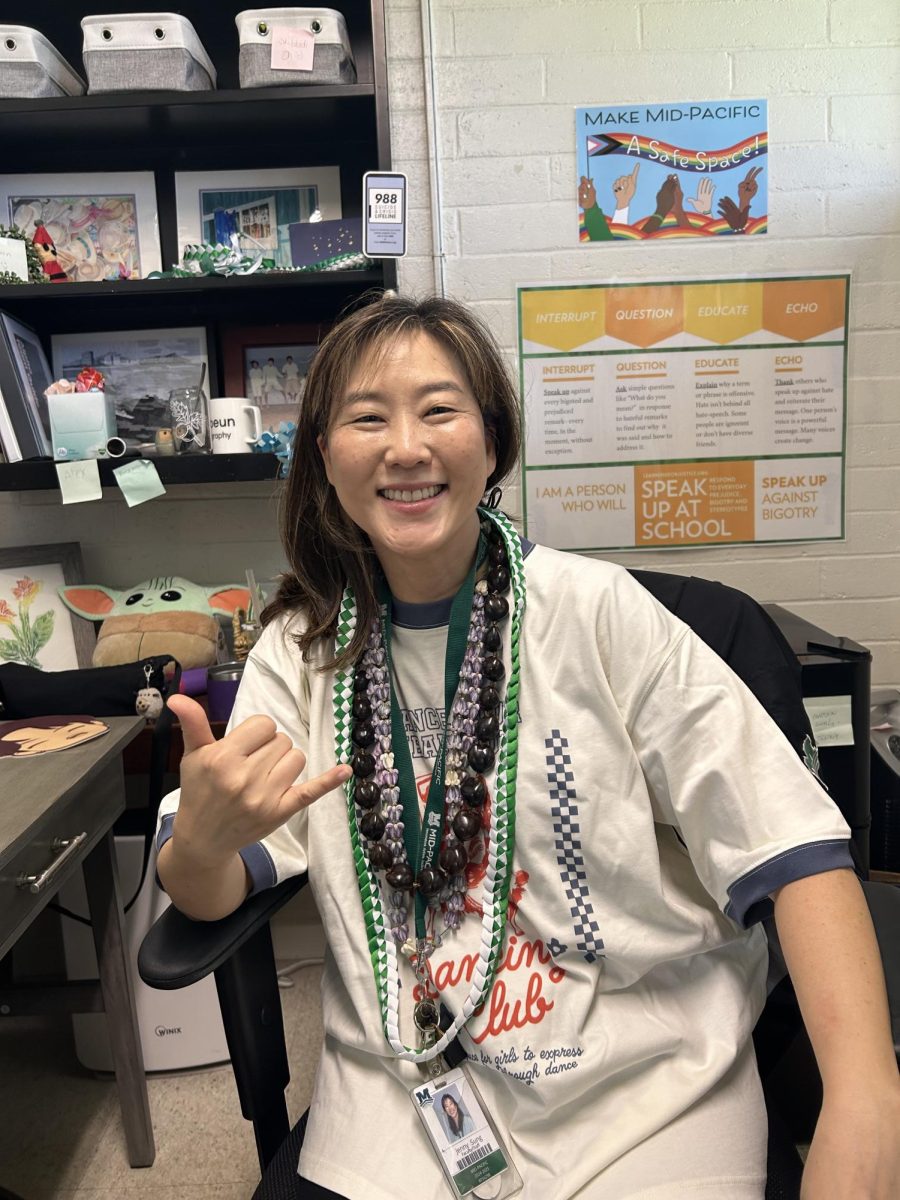


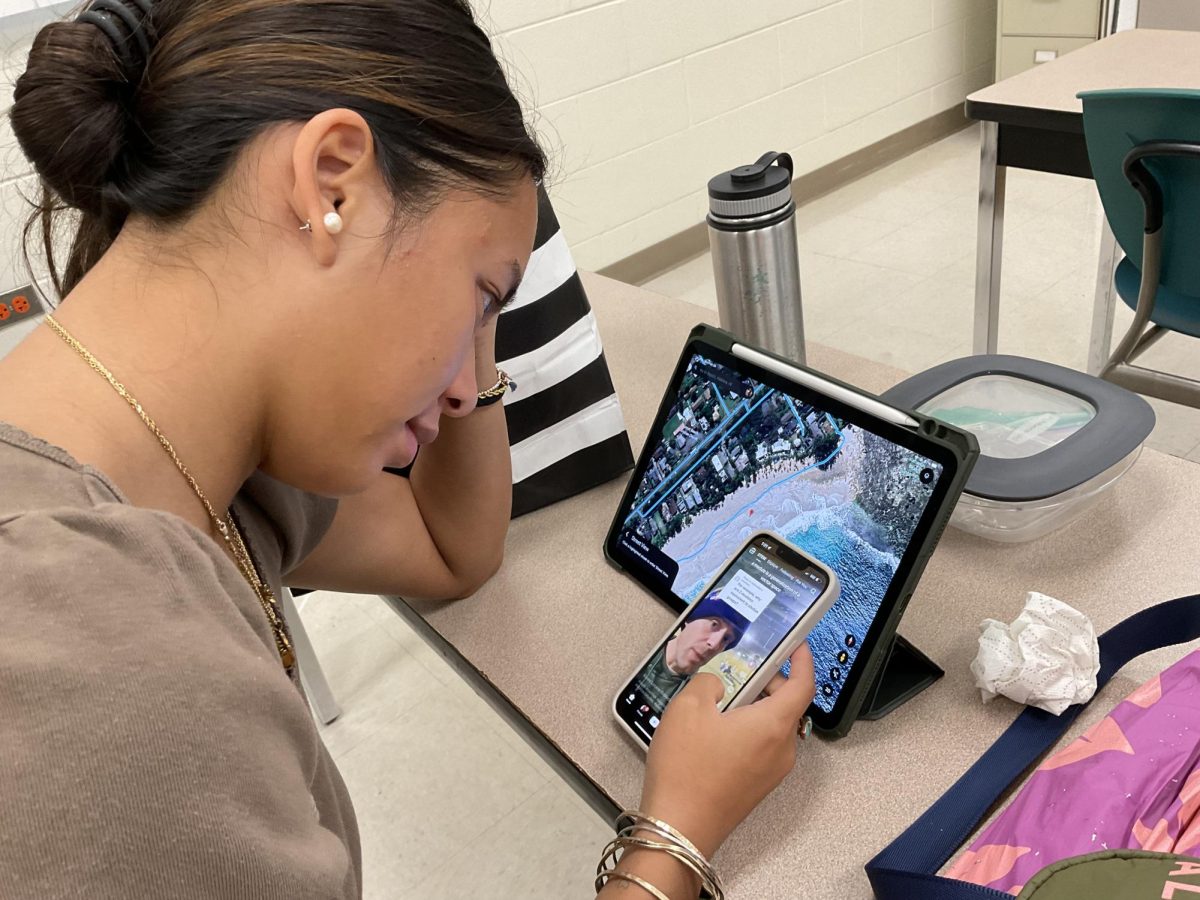
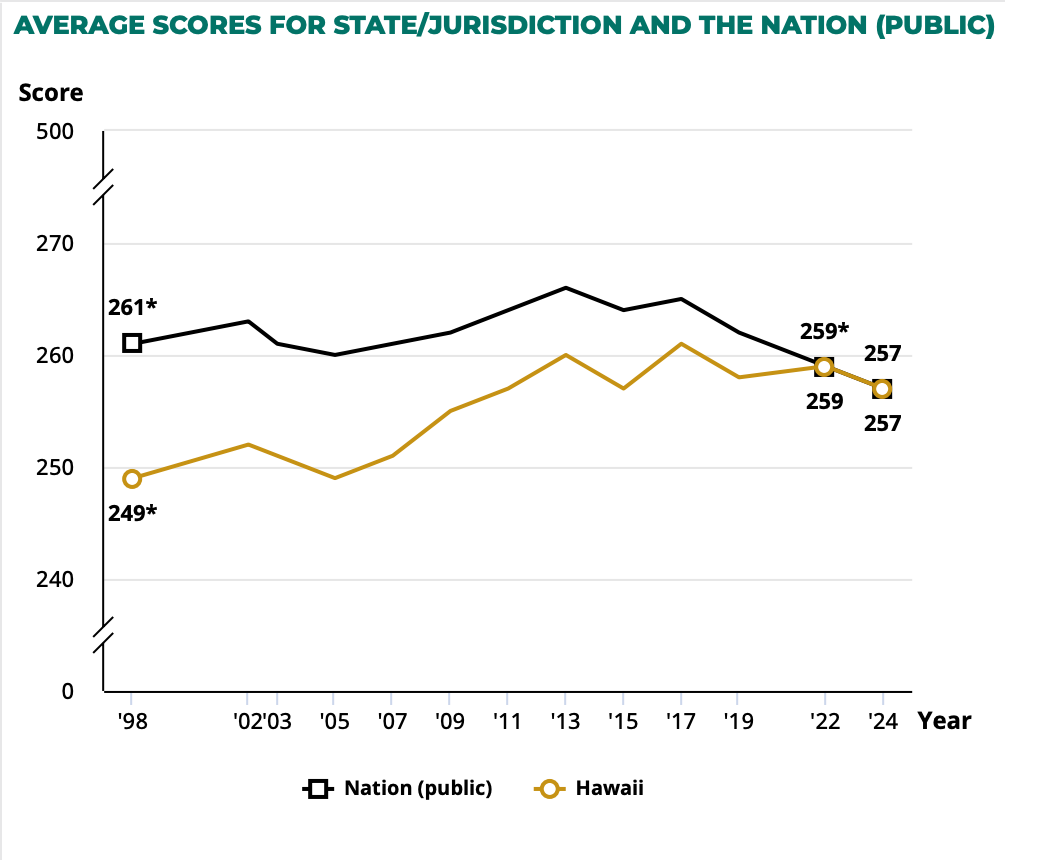
An old grand mother! • Oct 19, 2023 at 11:09 am
Hopefully enough women may speak out so that someday these things will not be true! Every human person male or female has a right to be respected for who they are!
Roland Nipps • Oct 24, 2023 at 12:38 pm
Thanks for the comment. I agree (the advisor, Roland)